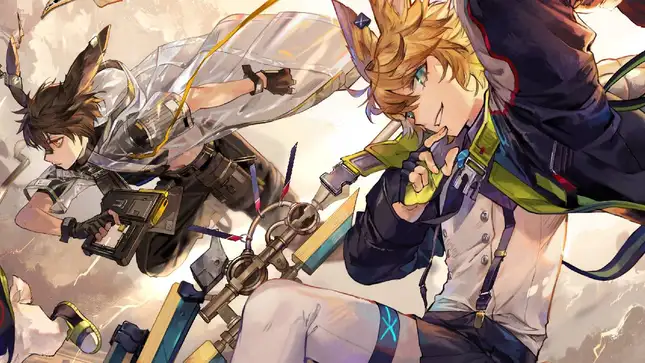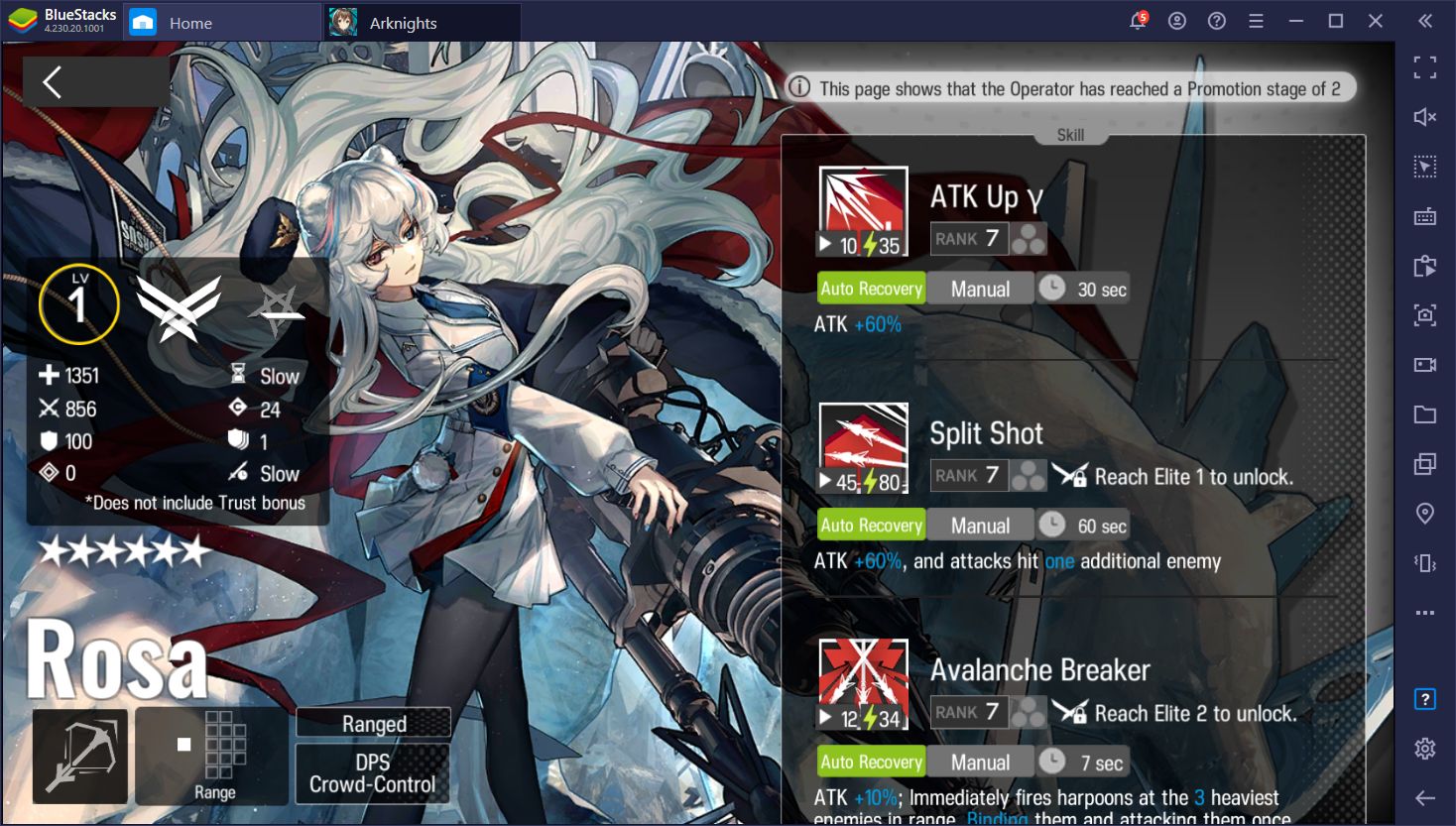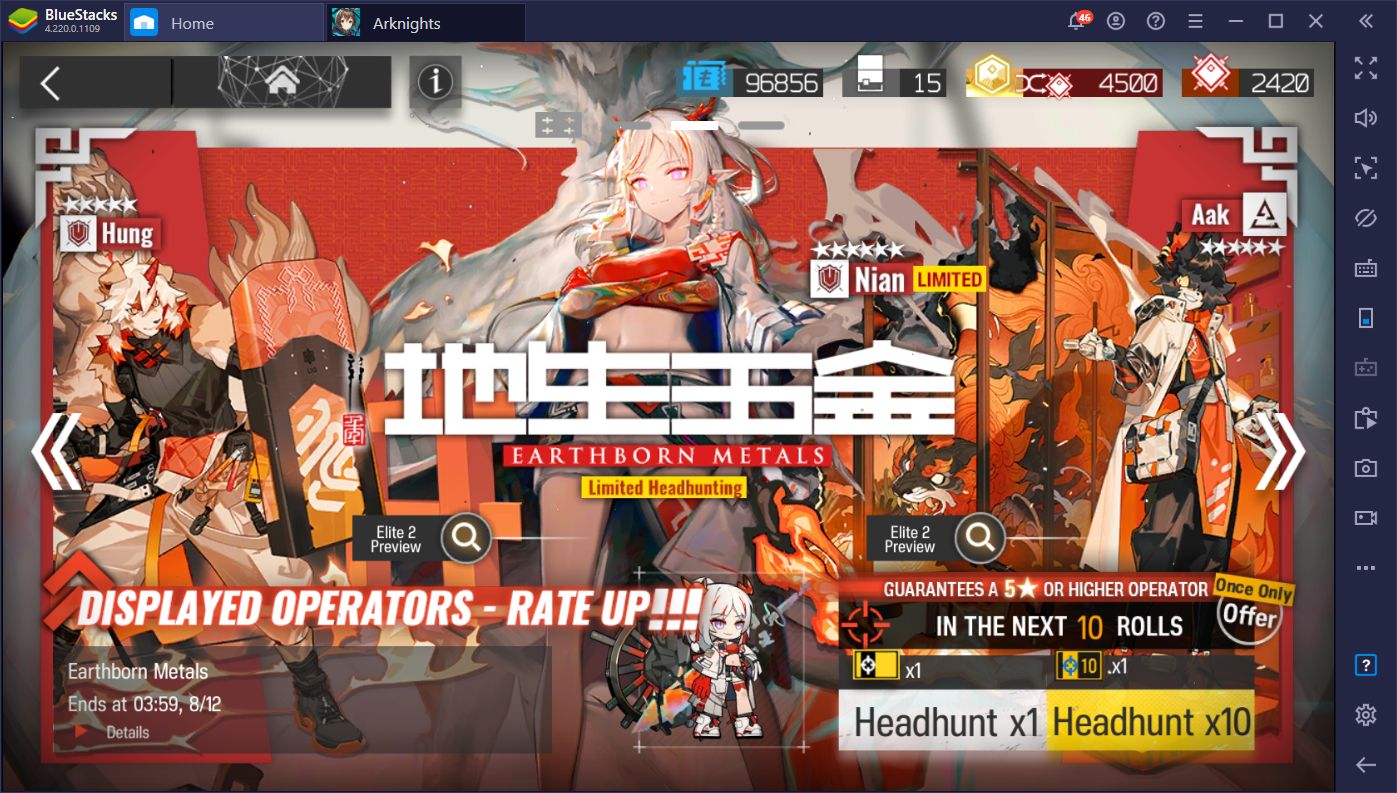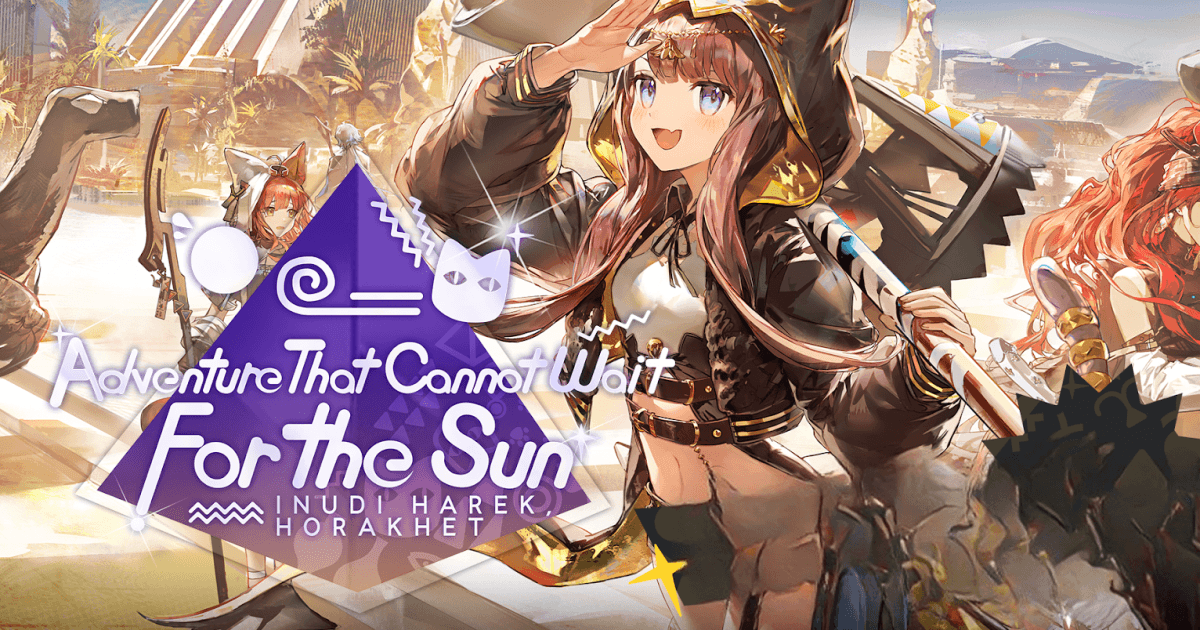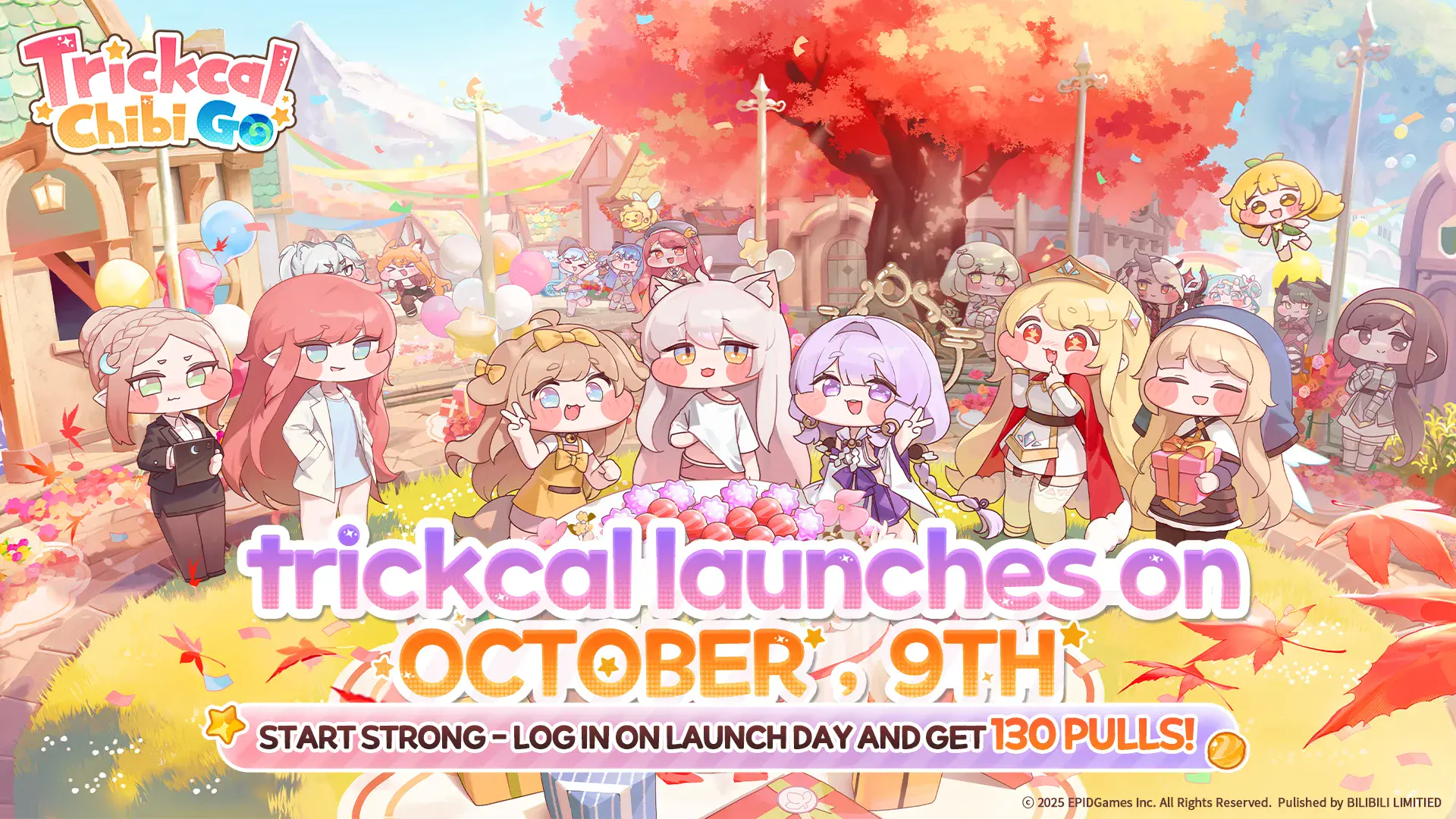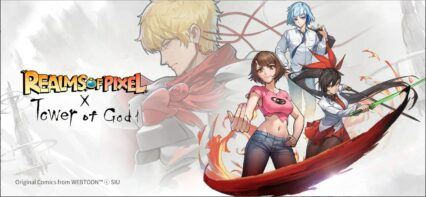Arknights Mizuki & Caerula Another Tides – Mode Overview, Mechanics, and Gameplay Breakdown
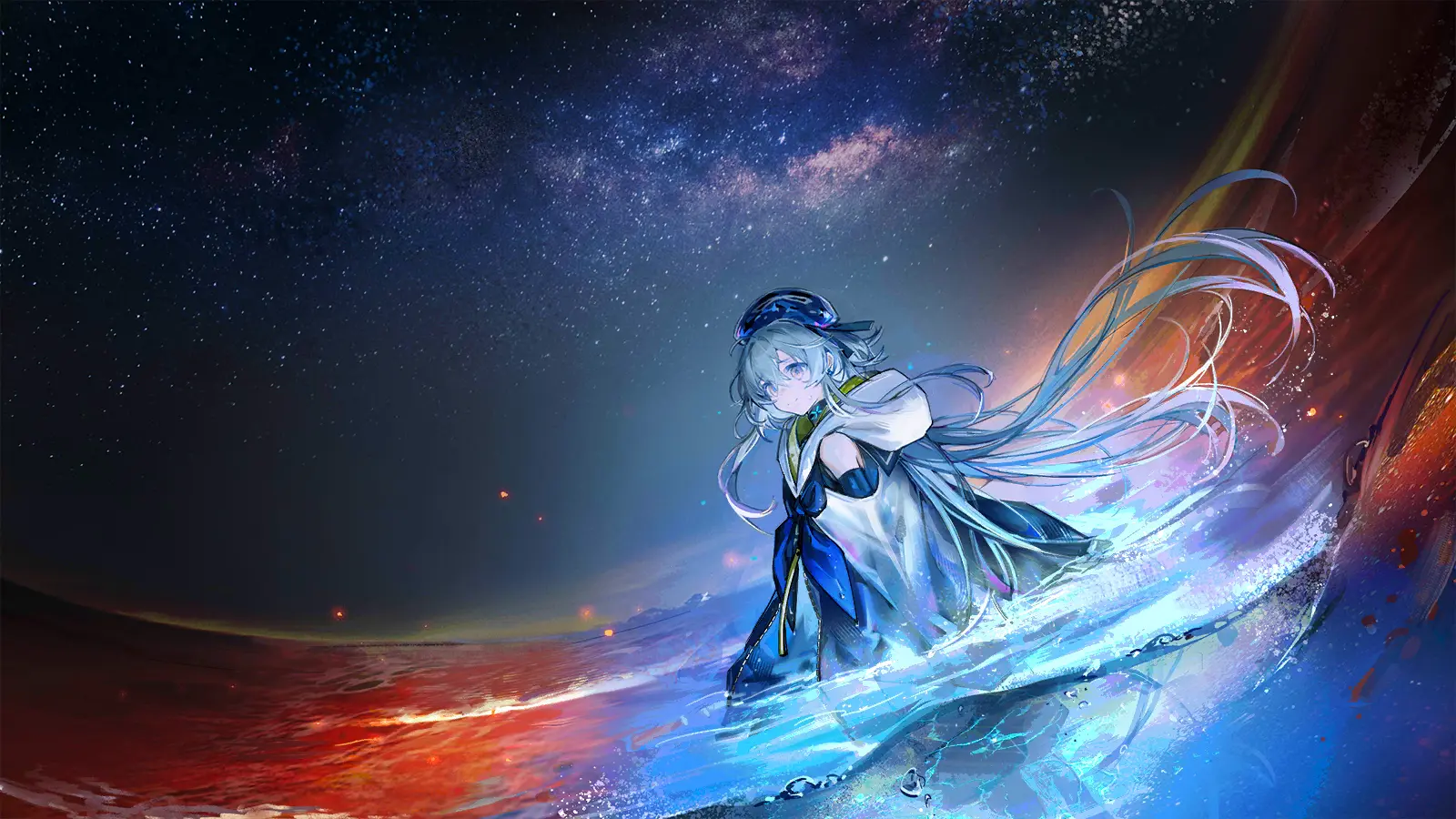
Arknights continues expanding its strategy roguelike ambitions with Mizuki & Caerula Arbor, one of the most popular Integrated Strategies modes to date. Now with the arrival of Another Tides, the difficulty and complexity have reached new depths. Whether you’re a veteran IS3 player or completely new to the format, this guide breaks down everything you need to know about Mizuki & Caerula Arbor and the latest additions brought by Another Tides.

‘Another Tides’ is bringing more fun to the popular IS3 game mode in Arknights.
What Is “Another Tides”?
Another Tides is the new challenge version of Mizuki & Caerula Arbor, introduced as part of the latest update to the IS3 roguelike experience. Think of it as a high-difficulty variant where most of your previous assumptions are no longer safe.

New challenges and content can be found in the ‘Another Tides’ update.
Surging Waves Difficulty: 16–18
The hallmark of Another Tides is its extreme difficulty tiers. Surging Waves levels 16 to 18 introduce stacking handicaps, requiring deep roster knowledge and near-perfect decisions. Some new rules include evolving enemies, overlapping debuffs, and mechanics that apply heavy penalties over time if you’re not quick.

Runs get deadlier with the addition of dual Rejections, starting at wave 16 and onward.
Operators now face combined effects like damage resistance, HP scaling, or tile restriction, where some deployment tiles may inflict penalties or limit redeployment entirely. Every decision becomes a resource calculation.
New Enemy Variants and “Fatty”
Another Tides brings the arrival of a new elite enemy, Fatty, which joins the ranks of the others such as the Duck Lord and the Crying Thief. As usual, this new unit doesn’t just hit hard, it’s designed to punish bad pathing and lazy positioning.

Fatty, in particular, is a menace with strong resistance and area-wide effects. He can absorb significant damage while forcing you to shift strategies on the fly. These new additions make memorizing old enemy patterns unreliable, keeping you on your toes every run.
Increased Strategic Demand
Once you enter Surging Wave 17 and above in Another Tides, your strategies must evolve, and we mean that quite literally. Unlike the standard Arbor experience, where each node or boss delivers at most one “Rejection” debuff, waves 17–18 introduce stacking Rejections, meaning your squad can carry two simultaneous debuffs, such as reduced healing and slowed redeployment, at the same time. This multiplies pressure on operators’ durability and forces you to account for both effects when planning placement and timing.

Another Tides also introduces evolving Collectibles, which are unique, powerful artifacts that not only enhance your run but also provide countermeasures against increasingly punishing mechanics. For example, some of the new Collectibles might suppress the effects of a Rejection, or evolve your units mid-run so they can achieve greater heights of power.
These additions involve choosing which evolutions suit your squad, while managing dual debuffs and Light levels. As such, Another Tides takes the roguelike framework of Mizuki & Caerula and turns it into a puzzle of difficult decisions all throughout.
What Is Mizuki & Caerula Arbor?
Mizuki & Caerula Arbor is the third installment in Arknights’ Integrated Strategies lineup. It combines tactical battles with roguelike elements and a unique sea-themed setting where light, luck, and life are limited resources. Every run feels fresh thanks to random encounters, branching node paths, and powerful modifiers.

The Mizuki & Caerula mode is centered around the eponymous character and location in Arknights.
Thematically, it centers around Mizuki and the enigmatic Caerula Arbor, an area influenced by seaborn entities and unusual oceanic phenomena. This atmosphere ties into the core mechanics that define how the mode is played.
The Light System and Collectibles
One of the defining mechanics of this mode is the Light system. You start with limited Light, which gradually decays as you progress. Low Light levels unlock tougher encounters and can alter node behavior, changing rewards and risks.
You’ll also collect artifacts, also known as Collectibles, that alter gameplay. These range from simple buffs to game-altering effects that may synergize with certain squads. Choosing the right ones while managing your Light is key to surviving the later stages.

Collectibles are your lifeblood during your runs.
Each map node presents a different scenario, which could be combat, events, shops, or boss fights, and the randomized paths keep every playthrough unique, as you’d expect from a roguelite game mode.
Squad Types and Tactical Devices
When you begin a run, you choose from preset squad types like Mind Over Matter, Resourceful, or Adaptable. Each offers different operator combinations and starting bonuses. Choosing the right squad is essential for matching your playstyle or tackling a specific wave difficulty.
Devices such as Barriers or First Aid Kits can also be purchased or found during the run. These provide support abilities like shields, extra healing, or passive benefits during combat. Understanding how and when to deploy them often makes the difference between surviving and restarting.
The combination of squad flexibility, device interaction, and collectible bonuses creates a sandbox of strategy and excitement. With that said, there’s no single right way to play Mizuki & Caerula Arbor, only smarter and risk-aware decisions.

Mizuki & Caerula: Another Tides is an awesome way to experience a different side of Arknights, with challenging, complex, and wildly rewarding stages. It elevates Integrated Strategies from a good roguelike to an excellent one, rewarding every ounce of planning, operator knowledge, and tactical flexibility you bring to the table.
To make the most of this content-rich mode, consider playing Arknights on BlueStacks. The larger screen makes pathing and UI navigation much easier, and you’ll benefit from smoother controls and the ability to multitask between squad setups and wiki browsing. Whether you’re optimizing a build or planning your next node, BlueStacks makes it all feel effortless.
Keep progressing in Arknights with our other in-depth guides:
- Arknights: A Deep Dive into Mon3tr’s Combat Role and Strategy
- Arknights – Exploring the Strength and Lore of Vulpo Operators
- Arknights – Texas (Alter) Operator Guide Skills, Modules, and Best Synergies
- Arknights – Best Teams to Maximize Texas (Alter)’s Crowd Control and Burst Potential
- Arknights – Rosmontis Operator Guide Talents, Skills, and Team Synergy


